Farming arose on multiple continents among populations with radically different cultures and environments and with no means of communicating with each other – how did it crop up independently at about the same time?


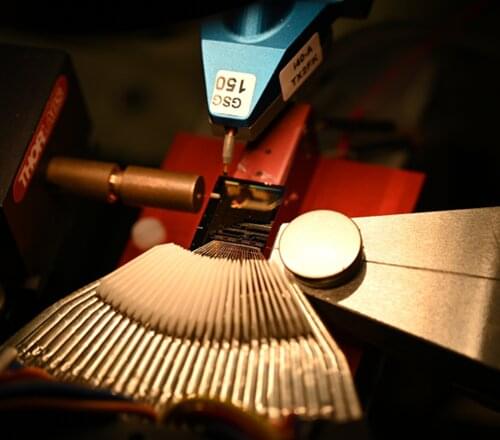
Researchers at the University of Twente, in collaboration with the City University of Hong Kong, have designed a cutting-edge programmable photonic chip in a thin-film lithium niobate platform, an important material in photonics. Published in Nature Communications, this work paves the way for next-generation high-performance radar and communication applications.
An important material is changing the way optical chips work, making them smaller, faster, and more efficient: thin-film lithium niobate (TFLN). It offers exceptional properties for how light and electrical signals can interact. This enables the seamless integration of key components—such as electro-optic modulators and signal processors—onto a single chip. As a result, optical devices can achieve unprecedented compactness, efficiency, and performance.
Researchers at the University of Twente have designed a TFLN-based integrated photonic chip, working in close collaboration with City University of Hong Kong, where the fabrication takes place. At the same time, these chips are also being fabricated locally in the MESA+ Nanolab.
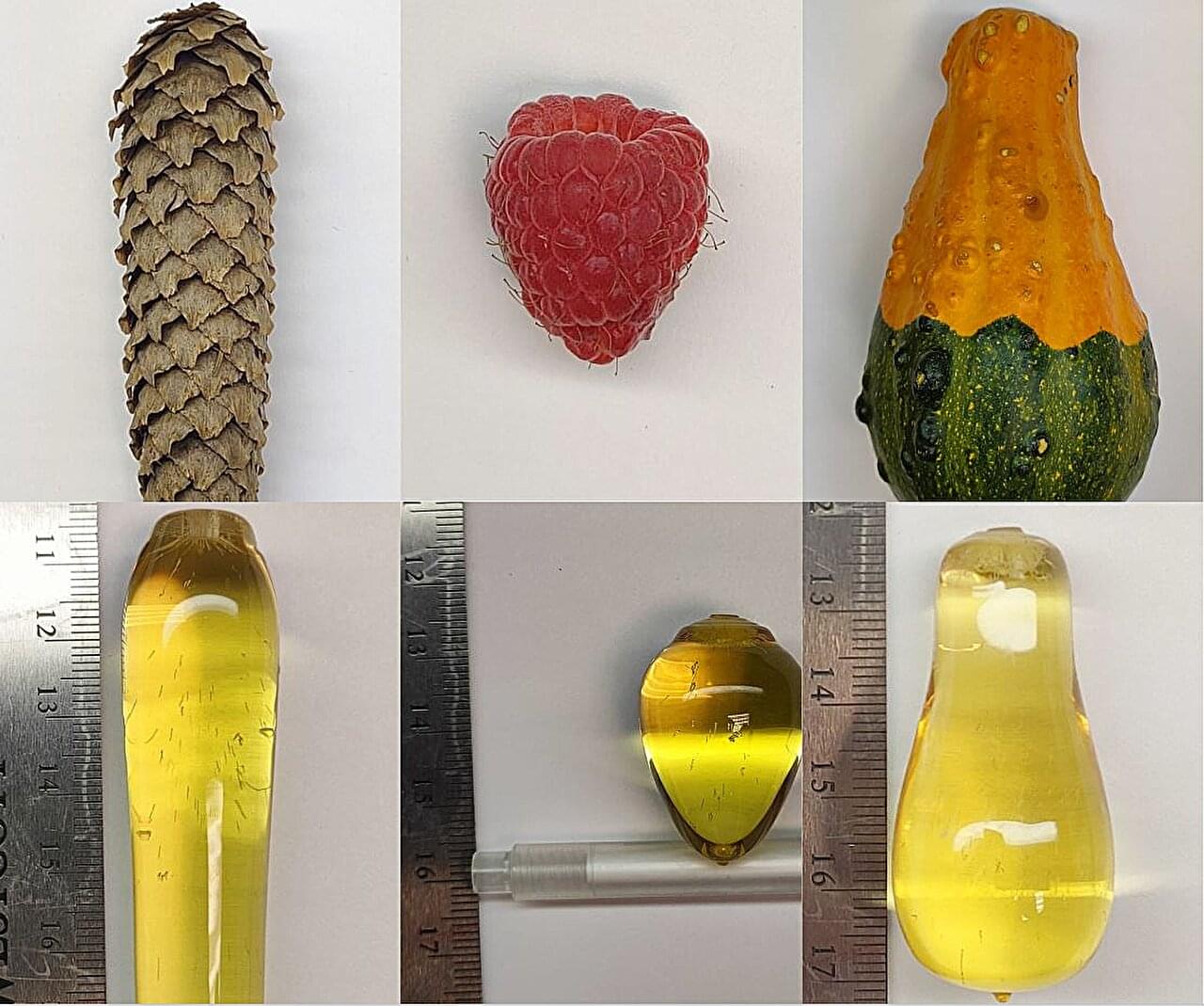
Charging forward at top speed, a garden snail slimes up 1 millimeter of pavement per second. By this logic, Beckman Institute for Advanced Science and Technology researchers’ new 3D printing process speeds past existing methods—at a snail’s pace.
Researchers in Beckman’s Autonomous Materials Systems Group created “growth printing,” which mimics tree trunks’ outward expansion to print polymer parts quickly and efficiently without the molds and expensive equipment typically associated with 3D printing. Their work appears in the journal Advanced Materials.
“Humans are incredibly talented at making things. Completely new manufacturing processes are hard to find. Growth printing is entirely new, which is thrilling,” said Sameh Tawfick, a professor of mechanical science and engineering at the University of Illinois Urbana-Champaign and project lead.
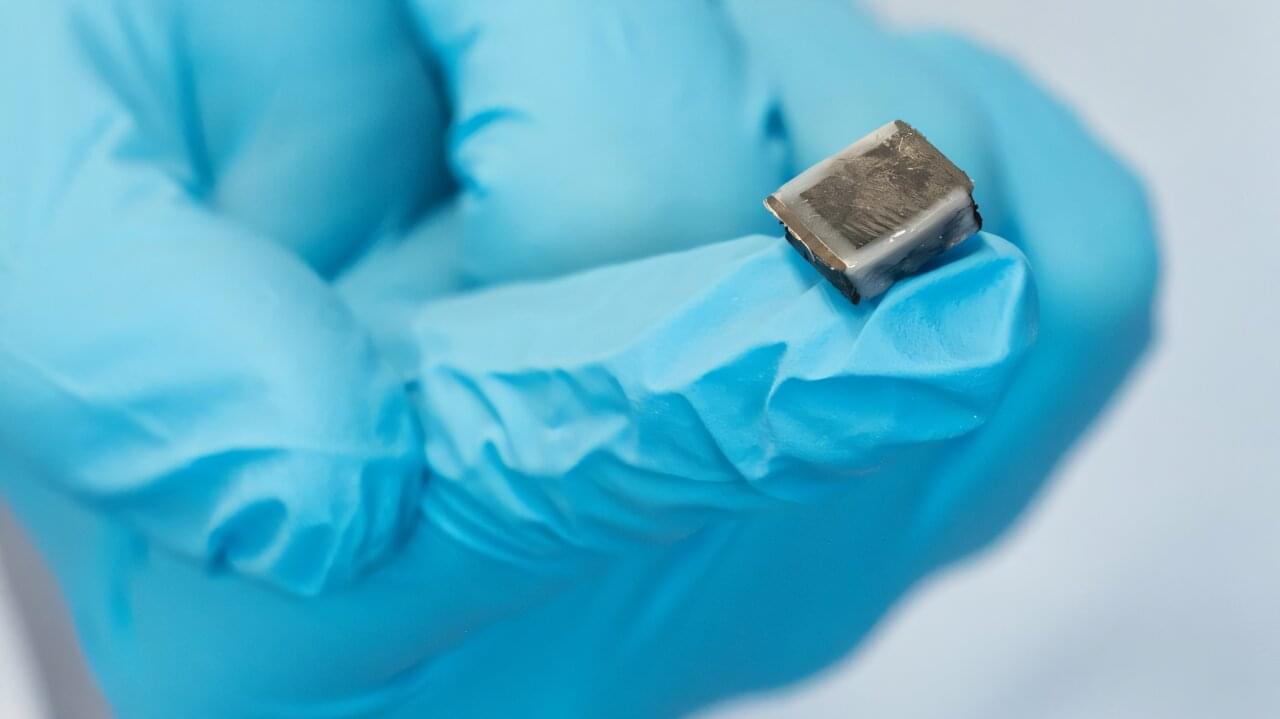
Empa researchers are working on producing artificial muscles that can keep up with the real thing. They have now developed a method of producing the soft and elastic yet powerful structures using 3D printing.
One day, these could be used in medicine or robotics—and anywhere else where things need to move at the touch of a button. The work is published in the journal Advanced Materials Technologies.
Artificial muscles don’t just get robots moving: One day, they could support people at work or when walking, or replace injured muscle tissue. However, developing artificial muscles that can compare to the real thing is a major technical challenge.


3D integrated circuits promise smaller, faster devices with lower power consumption. Vertically stacked 3D integrated circuits also enable novel in-memory and in-sensor computing paradigms and incorporate functionally diverse materials, which can benefit many edge applications. There are several complementary approaches to 3D integration. For example, 3D heterogeneous integration involves stacking and interconnecting multiple chips, each potentially made from different materials or optimized for different functions, within a single package. On the other hand, 3D monolithic integration refers to fabricating layers of transistors sequentially on a single wafer, creating a more seamless and compact structure. This approach offers even greater density and performance benefits by reducing interlayer distances and improving signal integrity. Both techniques are crucial for advancing the next generation of high-performance, energy-efficient electronic devices and require interdisciplinary collaborations across materials science, electrical engineering, and semiconductor manufacturing.
In this Communications Engineering collection, we aim to drive research in the engineering side of 3D integration by bringing together the following topics of interest:
Well this is like the wizard of odd. 🙄 An expedition to a deep-sea ridge, just north of the Hawaiian Islands, revealed a surprise discovery back in 2022: an ancient dried-out lake bed paved with what looks like a yellow brick road.
The eerie scene was chanced upon by the exploration vessel Nautilus, while surveying the Liliʻuokalani ridge within Papahānaumokuākea Marine National Monument (PMNM).
Ve only explored about 3 percent of its seafloor…
This Deep Dive AI podcast discusses The Origins of Us: Evolutionary Emergence and The Omega Point Cosmology by Alex M. Vikoulov, Book I of The Science and Philosophy of Information eBook/audiobook series. This book serves as both an accessible introduction and a standalone work, exploring some of the most profound questions in science and philosophy.
In this epic work, Vikoulov delves into the origins of life, consciousness, and intelligence, examining topics such as abiogenesis, noogenesis, and the rise of Homo sapiens. The book also presents The Omega Point Cosmology, which envisions a teleological progression of intelligence toward a cosmic destiny. It blends scientific exploration with digital physics, complexity theory, and transcendental metaphysics, offering a novel perspective on the interconnectedness of information, mind, and reality.
*The Origins of Us: Evolutionary Emergence and the Omega Point Cosmology by Alex M. Vikoulov is available as a Kindle eBook and Audible audiobook:
#OriginsOfUs #EvolutionaryEmergence #OmegaPointCosmology #SyntellectHypothesis #DigitalPhysics #HomoSapiens #ScienceOfInformation #PhilosophyOfInformation #AlphaPoint #OmegaPoint #abiogenesis #noogenesis #evolution #consciousness
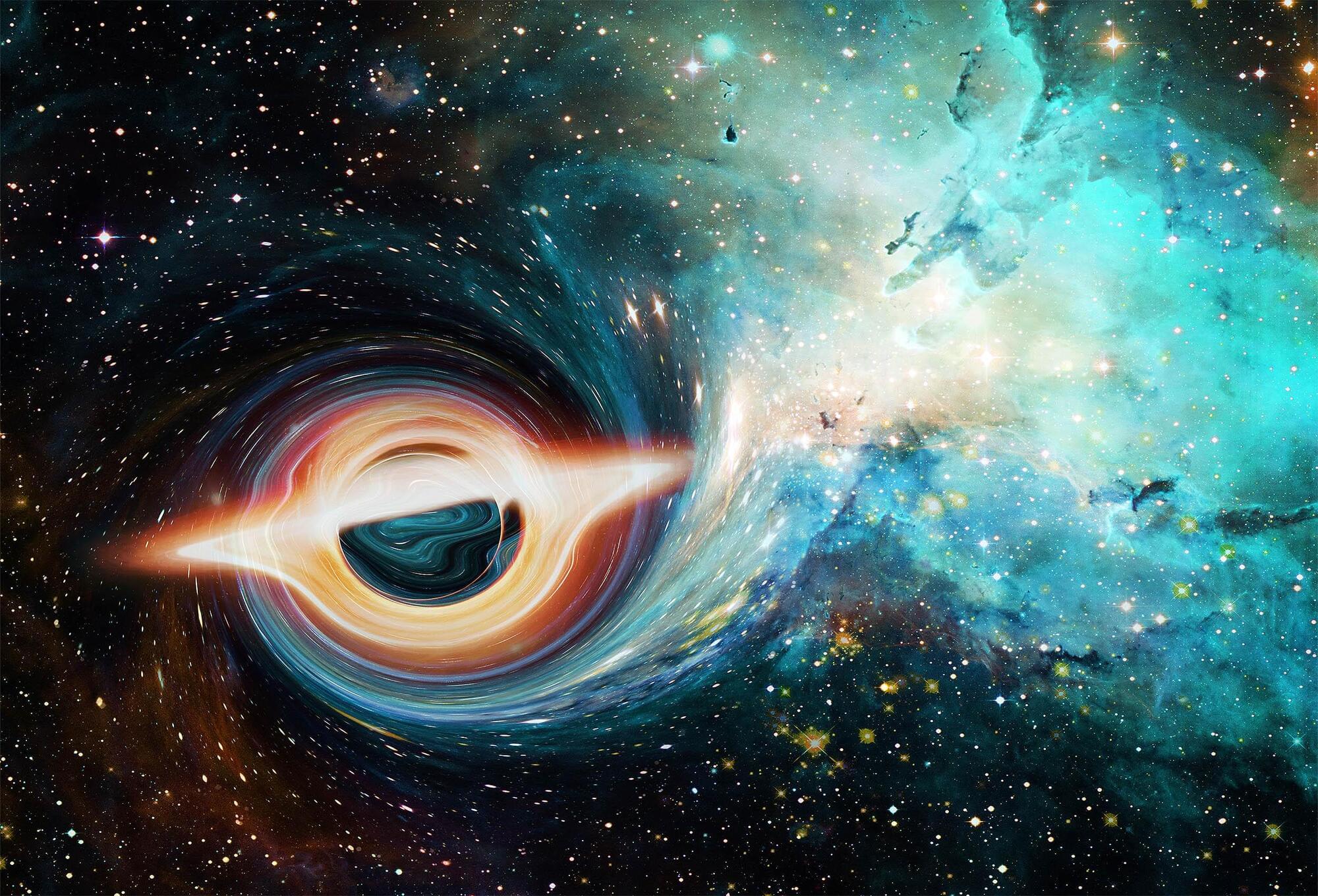
Astronomers have identified a remarkable water reservoir hidden in a corner of the cosmos, circling a quasar more than 12 billion light-years away.
At that distance, the light we see today began its journey not too long after the universe itself formed.
The water supply in this distant place is huge, containing the equivalent of about 140 trillion times all the water in Earth’s oceans combined.
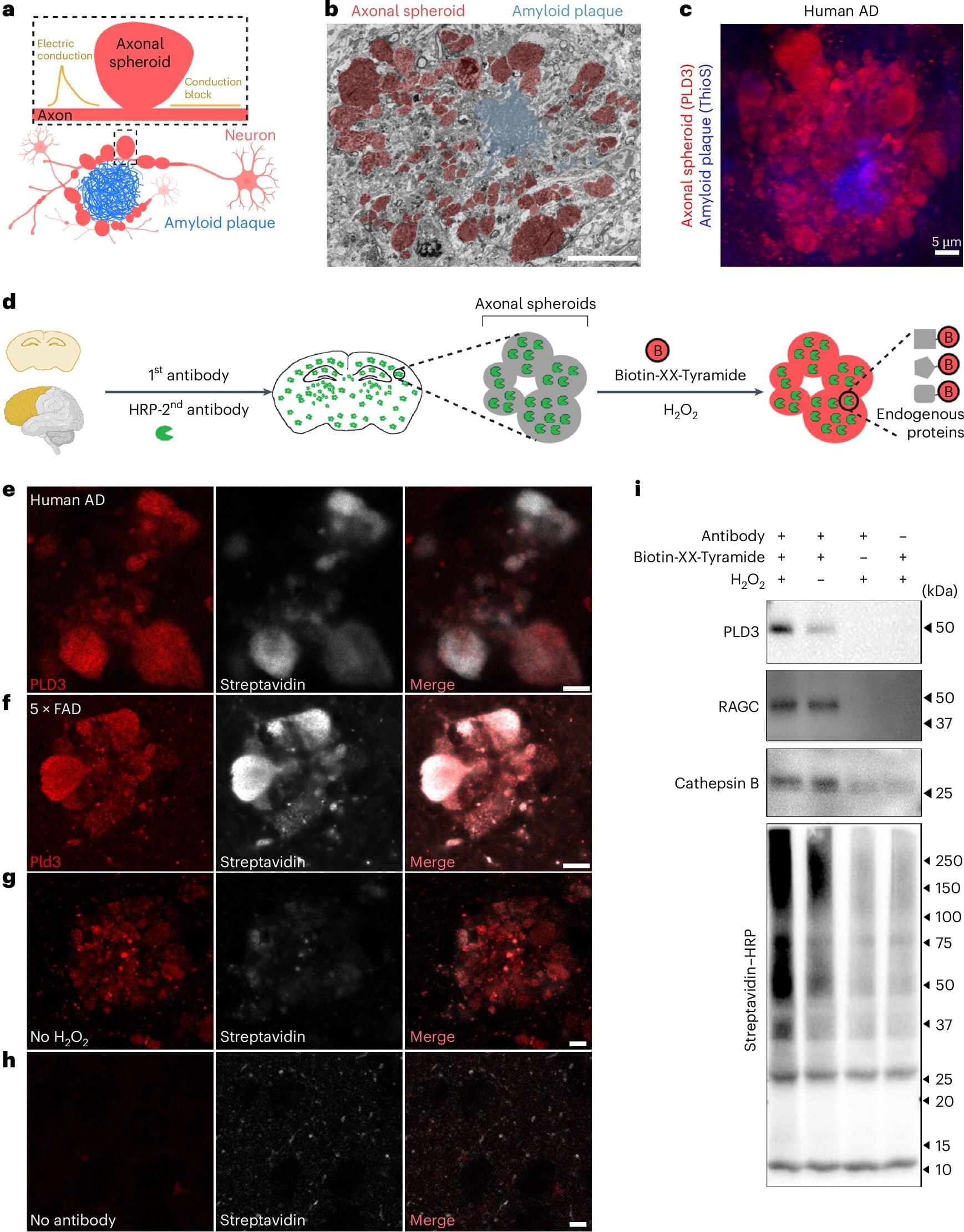
For decades, scientists have focused on amyloid plaques—abnormal clumps of misfolded proteins that accumulate between neurons—as a therapeutic target for Alzheimer’s disease. But anti-amyloid therapies haven’t made strong headway in treating the devastating condition.
Now, researchers at Yale School of Medicine (YSM) are zeroing in on a byproduct of these plaques, called axonal spheroids, and exploring how to reverse their growth. They published their findings March 10 in Nature Aging.
Axonal spheroids are bubble-like structures on axons—the part of the neuron that sends messages through electrical impulses—that form due to swelling induced by amyloid plaques. Previous research at YSM has shown that as these spheroids grow, they block electricity conduction in the axons, which can hinder the ability to communicate with other neurons.